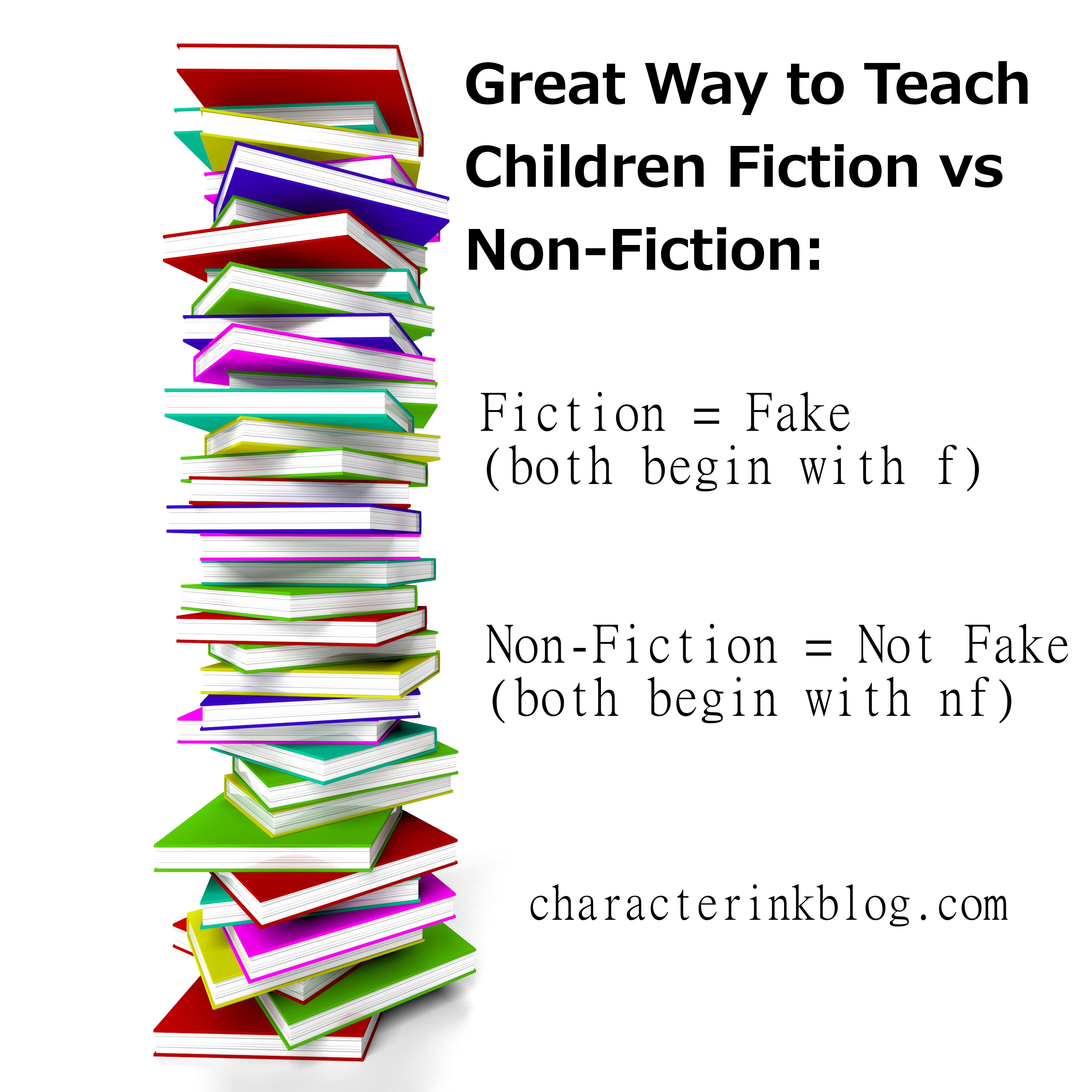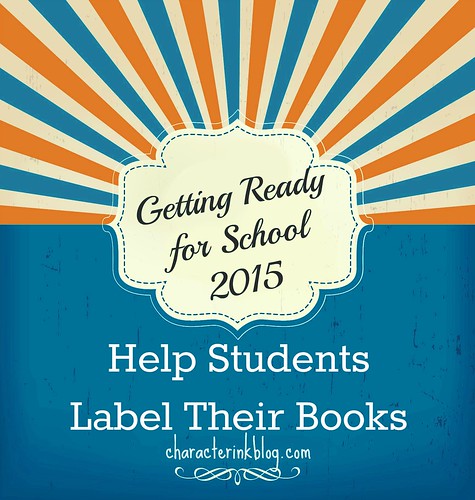In addition to previewing textbooks with your student, you can help your kinesthetic learner even more by helping him label portions of his book.
Try this approach:
1. Do the first few assignments with your student. As you do, point out the things that you just discussed earlier during your textbook previewing. This step will help him see how usable the previewing session was. And it will further solidify the use of the glossary, sidebars, etc., as you show him how to use them to do actual assignments.
2. During another preview/run through, use large sticky notes to label the things that you find. You may do this in step one above or as you are helping him prepare for a test or quiz. These sticky notes will become guides for him in finding information—and will give him another tool that he can use in the future to prepare. For example, you could put a yellow one at the beginning of each chapter and a pink one on the page that has definitions for that chapter, etc.
3. In addition to labels with sticky notes, consider helping him develop some sort of system of noting user-friendliness or helpfulness of the study helps that his book contains. This step is good for during his first quiz or test prep because it is at that stage that you and he will come to see that some things help a lot and other things really aren’t that helpful. Also, by walking through this with him, you will see which things help HIM the most (not just things that you think are helpful).
+++ means something is going to be really helpful—a +++ beside the Table of Contents, for instance
+ beside a word he writes in the front of his book tells him that this might be somewhat helpful—Example: +Some graphs
– No study questions at end of chapter—again, he can make a list in the front of his book (on a large sticky note), etc.

Prepare your younger student for textbooks by using user-friendly non-fiction books
Maybe you are not in the textbook stage with your kids; however, you can begin preparing them for those all important study skills that I described above and in the “textbook previewing” post with quality non-fiction books. If kids at ages five, six, eight, and ten, learn to navigate around Dorling Kindersley, Eyewitness, and Usborne books (among many others), they will be heads and shoulders above other children who have only been exposed to fictional stories (more on the benefits of fiction later!).
These outstanding non-fiction books have literally hundreds of topics that interest kids, but they are so colorful and alluring, you do not feel like you are “teaching” at all. Additionally, they have many aspects that your child’s future textbooks will also have: glossaries, Tables of Contents, sidebars, graphs, pictures, inserts, definitions, bold font, italics, etc. Reading these to and with your children when they are younger will provide a natural step into textbooks later on.
Note: We teach our students (in our home, our cottage classes, and in our language arts books) a simple memory device for remembering fiction and non-fiction:
Fiction = fake (both begin with f)
Non-fiction = not fake (both begin with nf)




